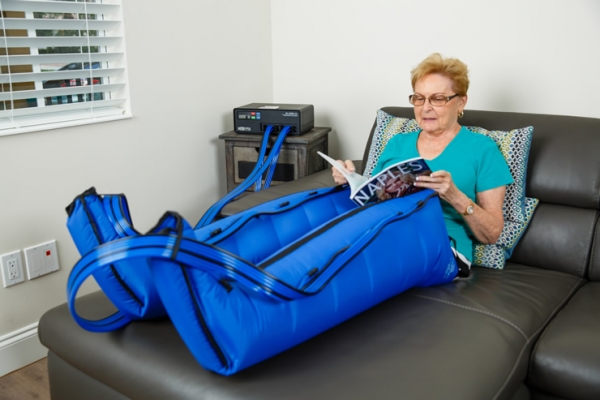
As we age, in the normal course, our body’s ability to heal itself will slow. This is natural. This is where we may need additional help from specialty dressings.
The number one cause of a non healing wound is infection. Traditional methods of treating infection have been mass doses of stronger and stronger anti biotics which have resulted in anti biotic resistant infections we commonly know today as MRSA or STAPH, among others. Antibiotics generally have the added drawback of destruction of the natural and useful flora/bacteria in ones digestive system. The recipients of heavy dose antibiotics can often have serious stomach pain and cramping associated with the use of these drugs and the body’s replacement of this flora can take months. In 2005, deaths attributable to MRSA began to exceed deaths attributable to HIV/Aids in the US. 8000 CFU’s of wound bacteria per cubic meter of air are released with each gauze dressing change, increasing the potential of cross contamination.
Today products are available that the body has never been exposed to so no resistance has ever developed.
New barrier dressings, such as impregnated gauze have been proven to prevent bacterial penetration and inhibit growth of antibiotic resistant organisms. These “broad kill” dressings such as Bio Guard and Kerlix AMD, have a 99.999% kill rate of broad spectrum microbes AND won’t disrupt wound healing. They will become the new “gauze” of this decade.
Traditional dressings have been referred to as “Wet to Dry”. The goal is to keep the wound moist. Not too dry as the skin will crack and not too wet as this causes maceration and skin slough.
Newer gauze dressings can be used in conjunction with the following to further sterilize the wound bed:
Dry wounds hydrogel sheets to moisten. Hydrogels also contain glycerin which sterilizes the wound.
Collagens for minimal to heavily draining wounds. (We will go into those more below).
Alginates for heavily exudating wounds Alginates are actually dried seaweed and can handle a very large amount of wound exudate. Alginates come in versions containing silver which also sterilize the wound bed in a highly effective manner.
The second most popular cause of a non healing wound is an imbalance of enzymes in the normal growth and subsequent death of tissues. These tissues can become locked in a destructive phase. This phase can be broken or stimulated by wound debridement (removal of dead tissue)-plowing the old field so to speak, and the addition of collagen. Collagen binds to and neutralizes the destructive proteases in the wound fluid. Thus breaking the tissue destructive process. This results in the protection of growth factors and an overall increase in wound granulation and repair.
It is noteworthy that Collagen dressings also can come in a form with silver, giving the patient a double dose of infection kill and rapid skin repair at the same time. These new catch all products have quickly become standard practice for wound centers and professionals who see this activity every day.
A visit to an experienced wound doctor could likely result in the following. An initial wound debridement followed by a collagen and silver based dressing to quickly sterilize the wound bed and jump start the wound healing process, with the Collagen secured by a MRSA resistant roll gauze. This configuration has the added benefit of no tape on the skins which can easily create more wounds in fragile patients.
This hard hitting process is a fast, cost effective solution to close non healing wounds. Typical wounds heal in 30 days or less.
It is noteworthy that all of the above procedures and products are currently recognized and covered by Medicare for qualifying wounds as well as most traditional insurance.*
Acute Wound Care, LLC is a leading provider of high end wound products/insurance reimbursement. It is a Florida AHCA licensed Medical supply and Lymphedema equipment provider.
You May Like

Compression Devices: Effective treatment for limb swelling
Many individuals attempt to manage their limb swelling through various treatments such as compression stockings, exercise, diuretics, and elevation with little or no results. Limb swelling, also known as edema, may be a symptom of

Cervical Cancer and Limb Swelling
CLICK HERE to read our full article about cervical cancer and limb swelling.